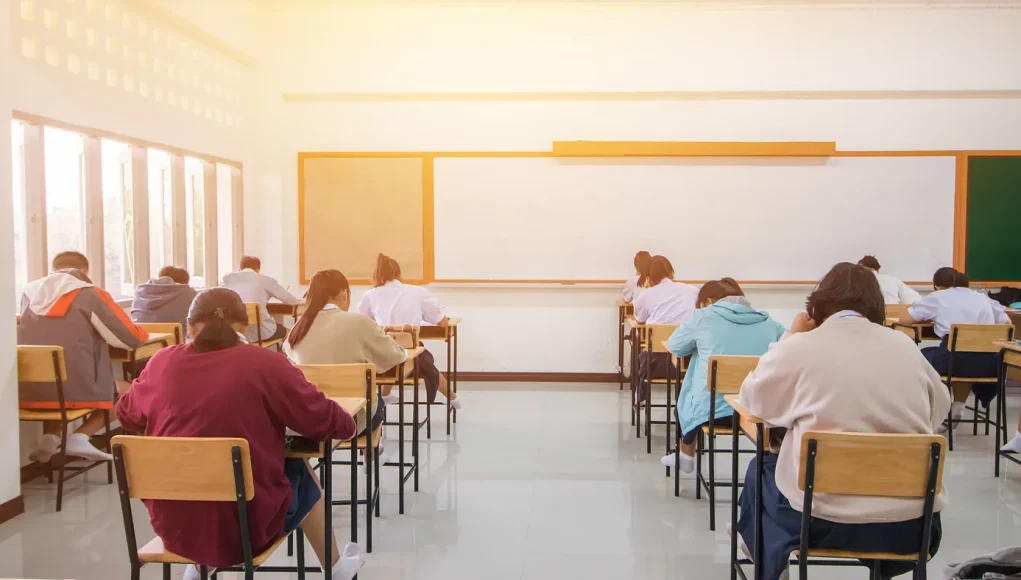When the time comes to decide a child’s education, the topic of public versus private schools is often discussed in many homes. Parents must consider various factors such as cost, diversity, test scores, class sizes, educational outcomes and more. Many experts argue that the best decision is to choose a school that meets the child’s needs and provides the experience the parent desires for their child.
Parents must also consider the class sizes and the types of educational programs offered by each school. Private schools may have smaller class sizes, which can provide more individualized attention for students. Public schools, on the other hand, may offer more specialized programs such as magnet schools, language immersion programs or vocational programs.
According to the U.S News and Report rankings, Florida is the third-best state for education and ranks tenth overall for best schools in the United States. In Miami-Dade County, there are many options for both public and private schools, with 422 public schools and 977 private schools available to parents. However, this abundance of choices makes it challenging for parents to choose the best school for their children.
A noticeable difference between public and private schools is how they are funded. In the state of Florida, public schools are funded through a variety of methods. The state calculates several factors through the Florida Education Finance Program (FEFP) that determine the number of funds going to these public schools. In addition to state funding, each county also receives funding from local sources, like property taxes, and federal programs such as Title I, which provides funding for schools with high percentages of low-income students. Private schools, however, are quite different; they are largely responsible for their own funding to operate. These schools generally rely on tuition and fees paid by students’ families, as well as through donations from private individuals or organizations. In some cases, private schools acquire indirect government funds like tax credits, financial assistance or vouchers.
On Thursday, March 23, 2023, Gov. Ron DeSantis signed the ‘School Choice Bill’ into law. DeSantis believes it will “expand school choice to every single student in the State of Florida.” With this bill in action, school-aged children living in Florida will have access to a taxpayer-funded education voucher or savings account. Although many board members and parents are on board with this bill increasing the parent’s role in their child’s education, many public school advocates are concerned about the future funding of public schools. Advocates fear this act will shift money away from public schools and leave children in these schools with fewer resources and an increase in underfunded classrooms that can’t meet the children’s needs.
Another trend in the public versus private school debate is the student-teacher ratio. According to the Brookings Institute in Washington, D.C., the national average of students per teacher across the United States is 15:1.
Data provided by Miami-Dade County highlighted a distinction in the student-teacher ratio between public and private schools. Private schools showed a lower ratio than public schools.
Overall, the difference between public and private schools is significant, from student-teacher ratios to the cost of attendance to school traditions. Observing these trends and data regarding each type of school can influence a parent’s decision to enroll their child, but ultimately it is best to cater to the child’s needs and best interests.


































